Blog
-
Building Historical Data Dashboard with FlowFuse Tables
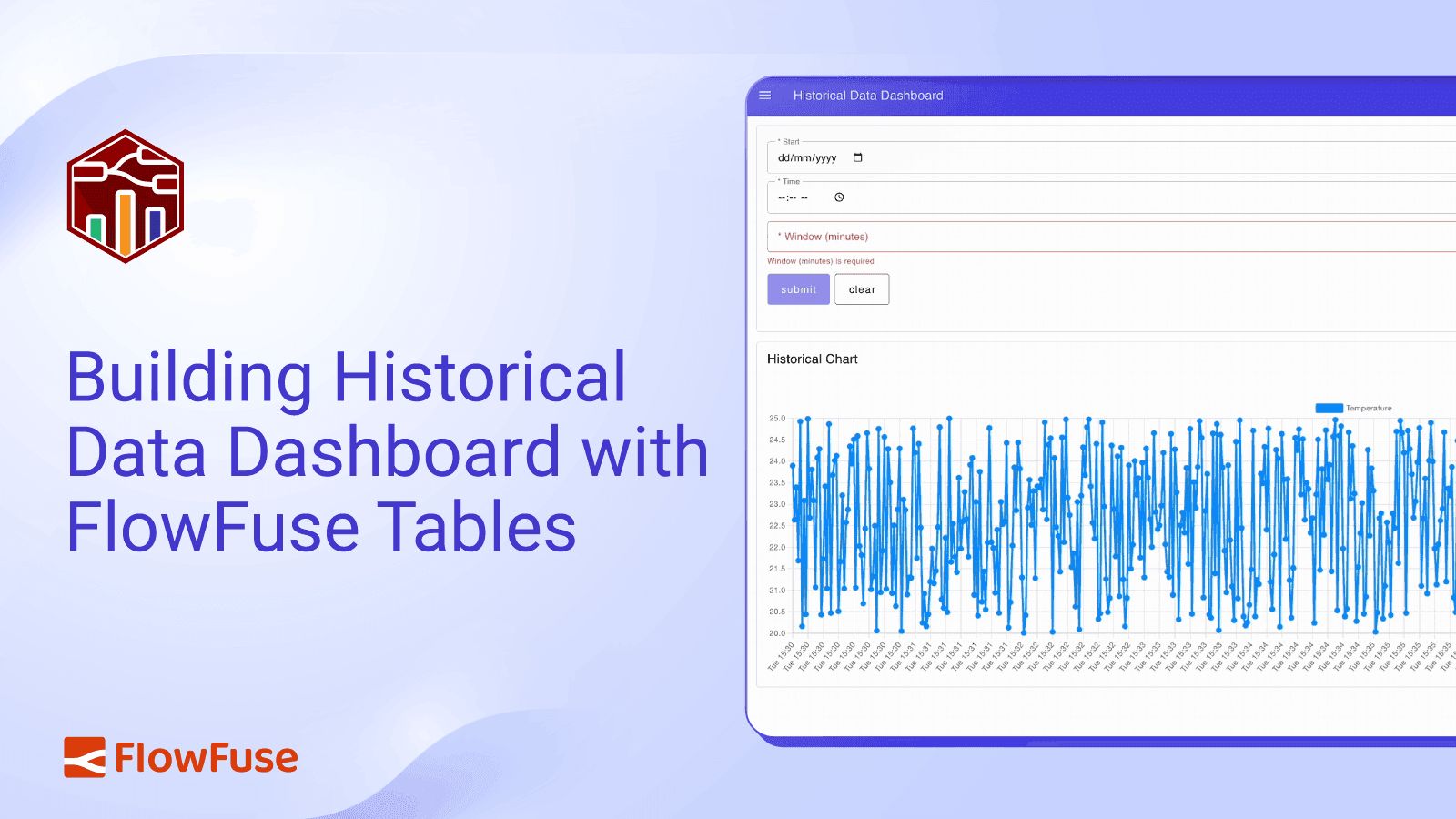
In Industrial IoT, tracking data over time is crucial. Whether you’re monitoring temperature changes throughout the day, spotting machine downtime, or analyzing production trends across shifts, a historical data dashboard helps you see important patterns clearly.
read more... -

Winning Through Open-Source Software in Manufacturing Digitalization
Explore how open-source software can help manufacturers overcome vendor lock-in, accelerate digital transformation, and regain competitive advantage in Industry 4.0 -

OPC UA Tutorial: Advanced Monitoring with Subscriptions, Alarms, and Historical Data
Learn advanced OPC UA techniques in Node-RED: real-time subscriptions, alarm handling, historical data queries, and method calls for production-ready industrial systems. -
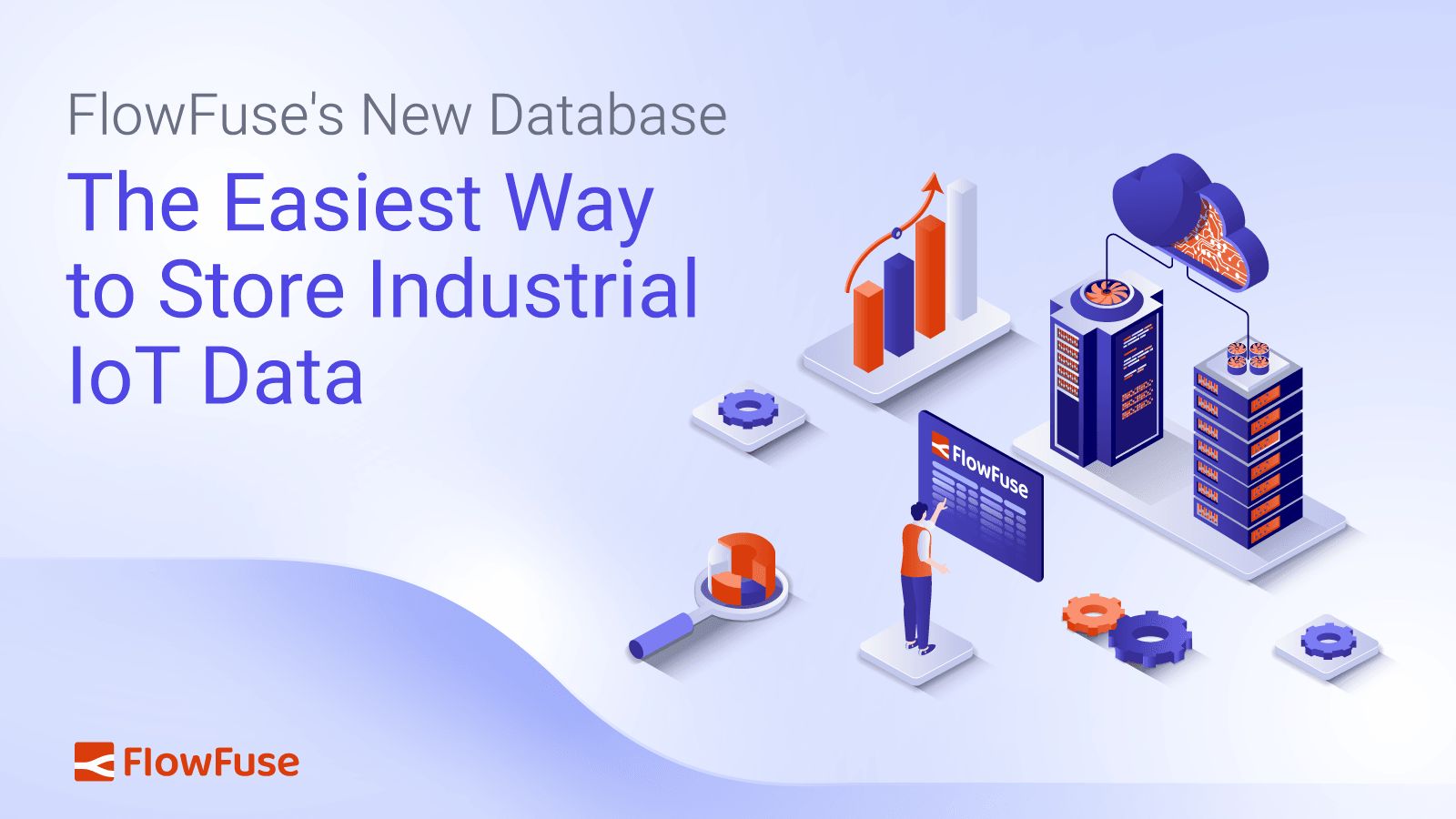
FlowFuse's New Database: The Easiest Way to Store Industrial IoT Data
FlowFuse now includes a built-in PostgreSQL database, making it easier to manage Industrial IoT data directly within your Node-RED projects. Learn how to enable the feature, create tables, run SQL queries, and use dynamic parameters with the Query node. -

The Evolution of Business Automation: Why Pricing Models Matter
The importance of a predictable pricing model in workflow automation -
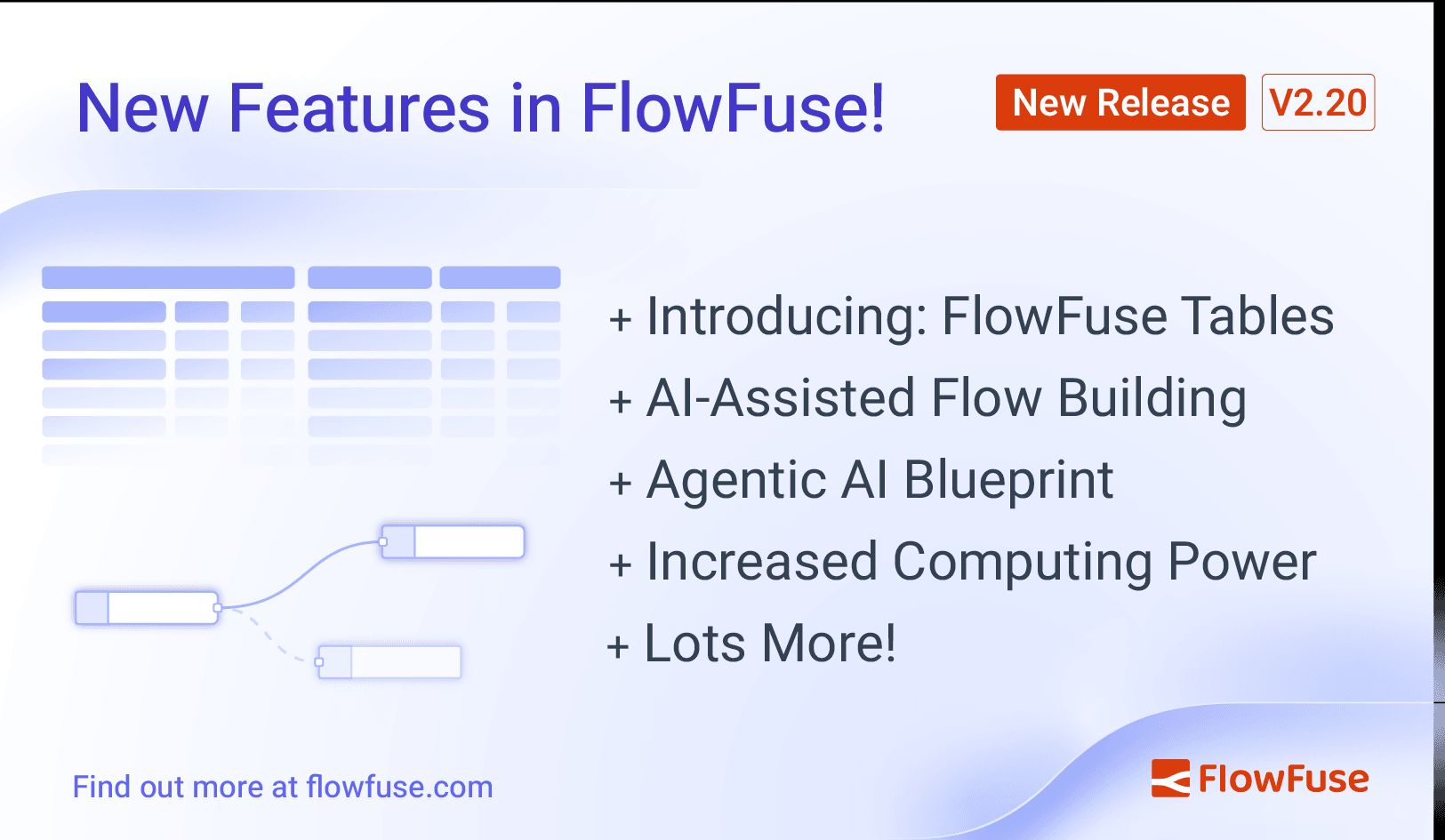
FlowFuse 2.20: AI-Assisted Node-RED & New Database Service
Introducing FlowFuse Tables for data storage, Tables nodes for dashboard visualization, Smart Suggestions in the Node-RED editor, More Powerful Starter tier, Retrieval Augmented Generation Blueprint for intelligent applications, and a redesigned Applications page for better workspace management. -

FlowFuse AI Assistant: Let Your Engineers Build Automation, Not Write Code
FlowFuse AI Assistant helps manufacturing teams write Node-RED function nodes, parse machine data, and create custom dashboards. Learn how it works with real examples. -
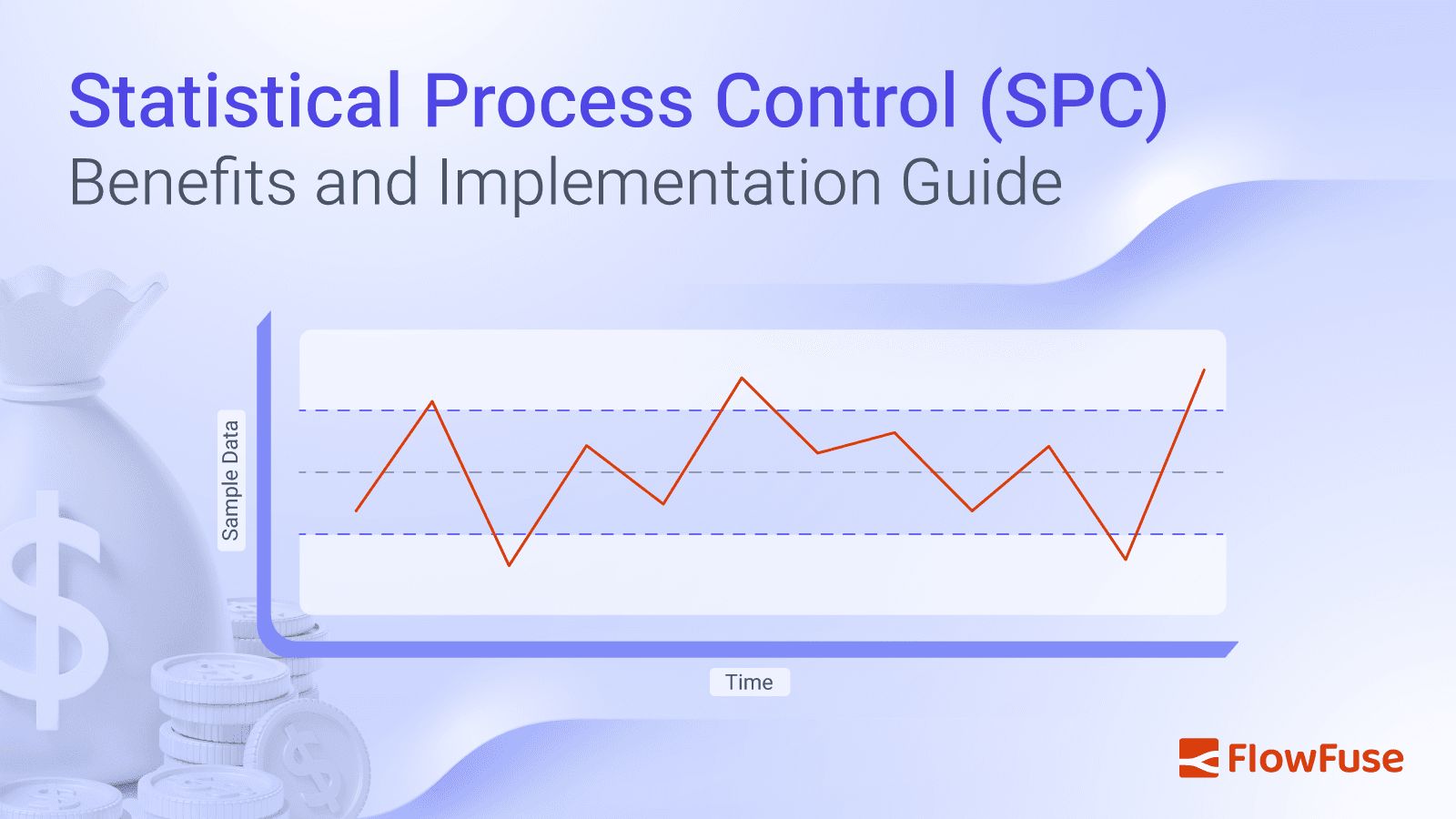
Statistical Process Control (SPC): Benefits and Implementation Guide
Learn how to build real-time SPC charts using Node-RED and FlowFuse for manufacturing quality control. -
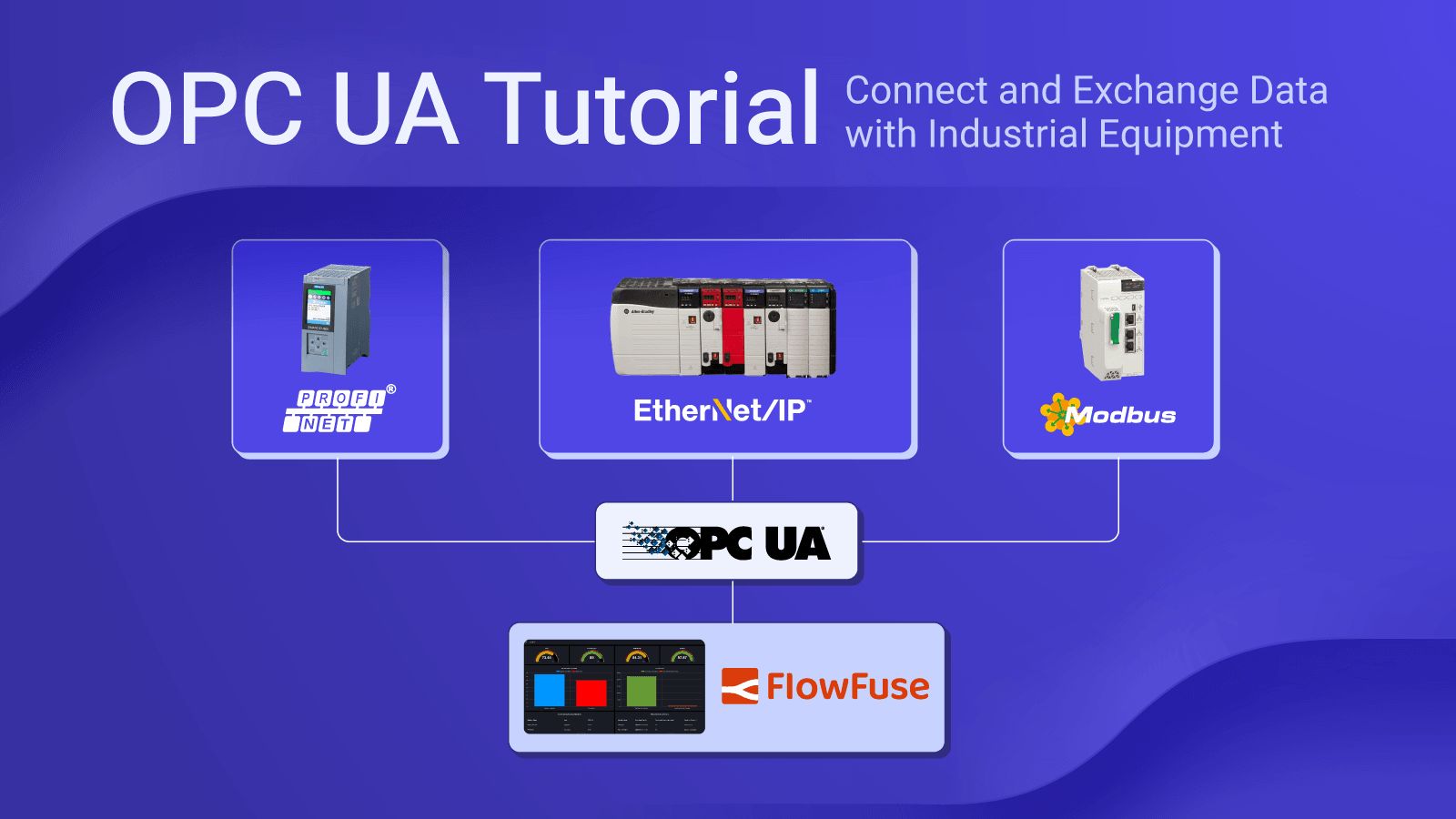
OPC UA Tutorial: Connect and Exchange Data with Industrial Equipment
OPC UA tutorial: Connect Node-RED to industrial PLCs step-by-step. Configure Kepware endpoints, read/write Siemens S7 tags, browse Allen-Bradley data. Free guide. -

Node-RED Serial Port Tutorial: Connect RS232/RS485 Manufacturing Equipment
Learn how to connect manufacturing equipment using serial interfaces like RS-232/422/485 in Node-RED with FlowFuse. Enable monitoring, data collection, and automation—no hardware changes required -

How we Built a Smart Manufacturing Order Execution Panel with FlowFuse
This blog shows how I built a panel using FlowFuse to connect with Odoo ERP. It starts production, checks for raw materials, updates order status, and stops when the target is reached. -
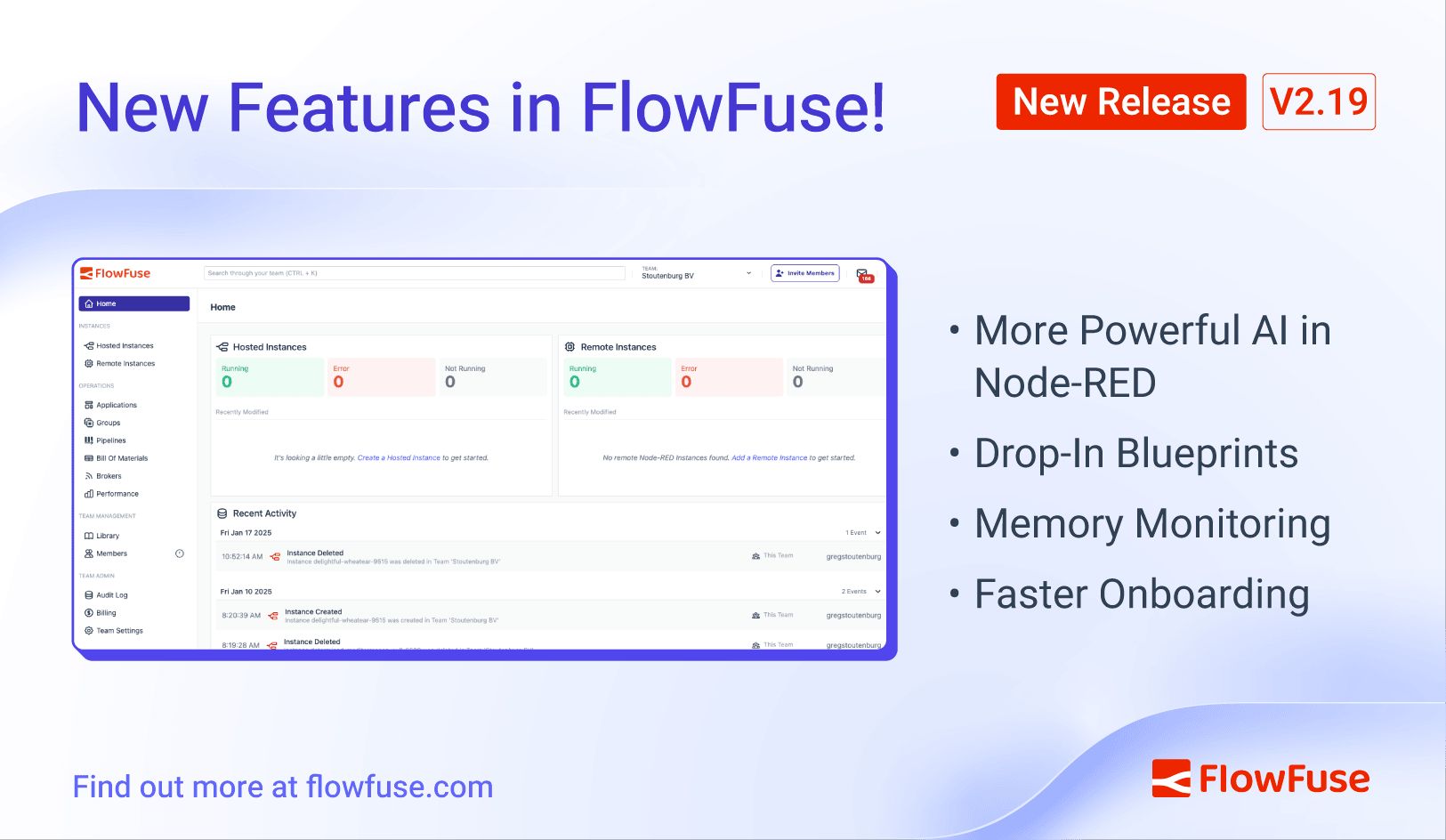
FlowFuse 2.19: More Powerful AI in Node-RED, Drop-In Blueprints, Memory Monitoring, and Faster Onboarding
AI enhancements to Node-RED, streamlined onboarding with social authentication, improved Blueprint experience, more comprehensive performance monitoring, and a refreshed user interface. -
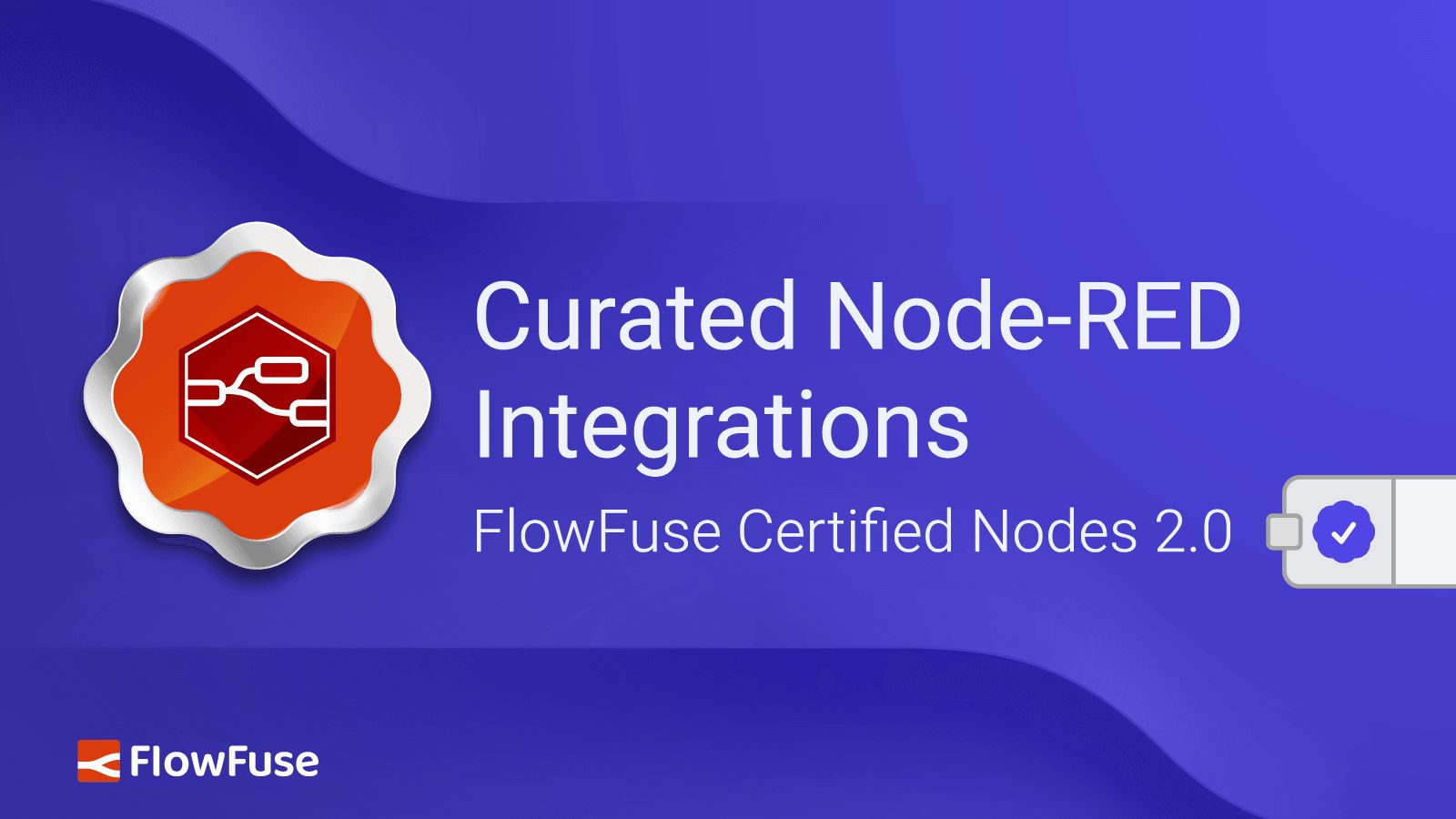
Curated Node-RED Integrations: FlowFuse Certified Nodes 2.0
FlowFuse announces Certified Nodes v2.0 - connecting enterprises with the highest quality Node-RED nodes, built and maintained by recognized experts in their fields. -
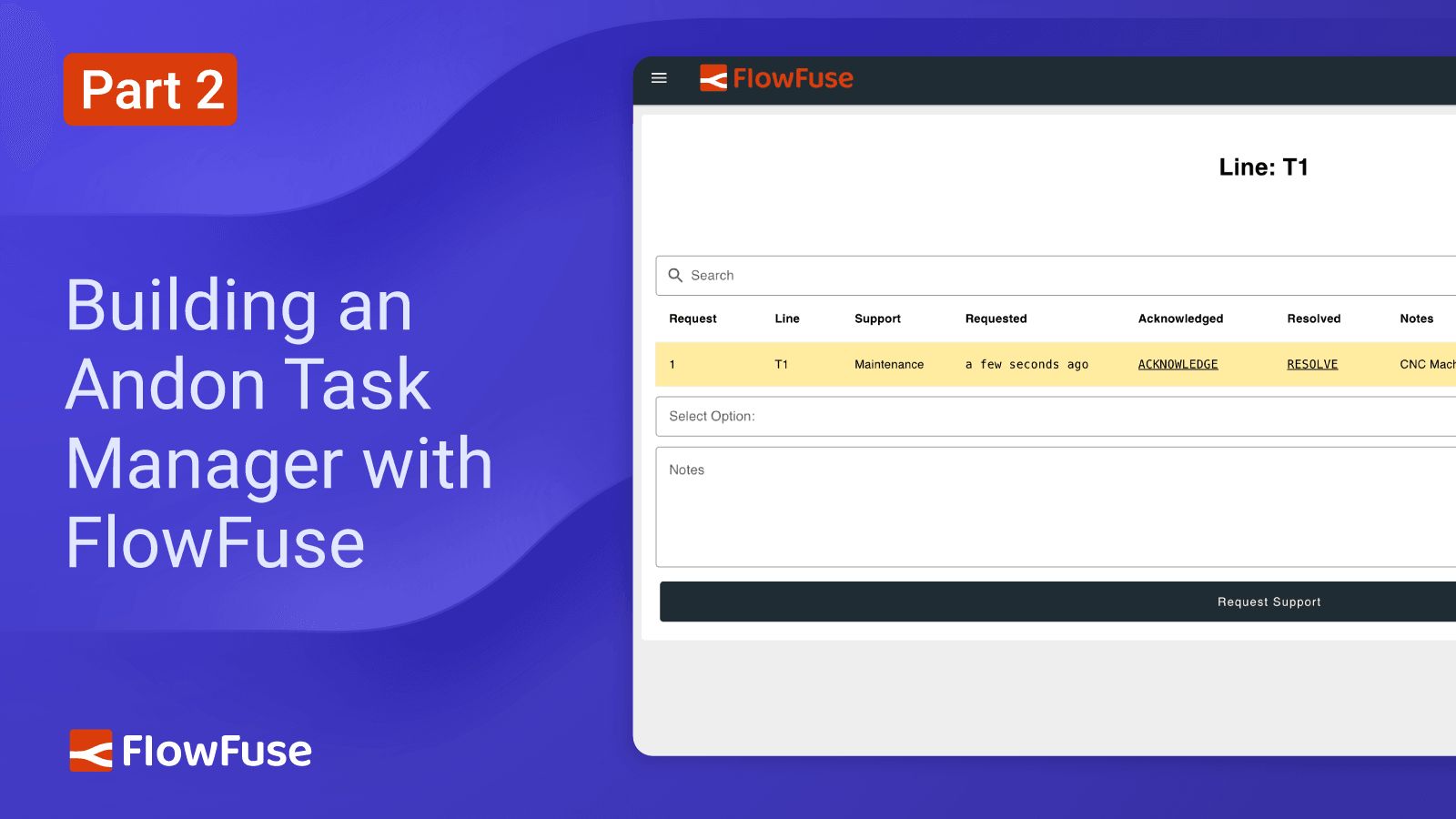
Part 2: Building an Andon Task Manager with FlowFuse
Learn how to build an Andon Task Manager with FlowFuse in this step-by-step guide. Create real-time issue reporting and task tracking systems using Node-RED and FlowFuse Dashboard. -

What to Measure on the Shop Floor: Factory KPIs Your MES Should Deliver
Learn the essential factory KPIs your Manufacturing Execution System (MES) should monitor to drive profitability, eliminate waste, and make data-driven decisions. -

Structuring and Storing Data for Effective MES Integration
Learn how to organize, structure, and store your factory data effectively to make your Manufacturing Execution System (MES) work at its best with FlowFuse. -
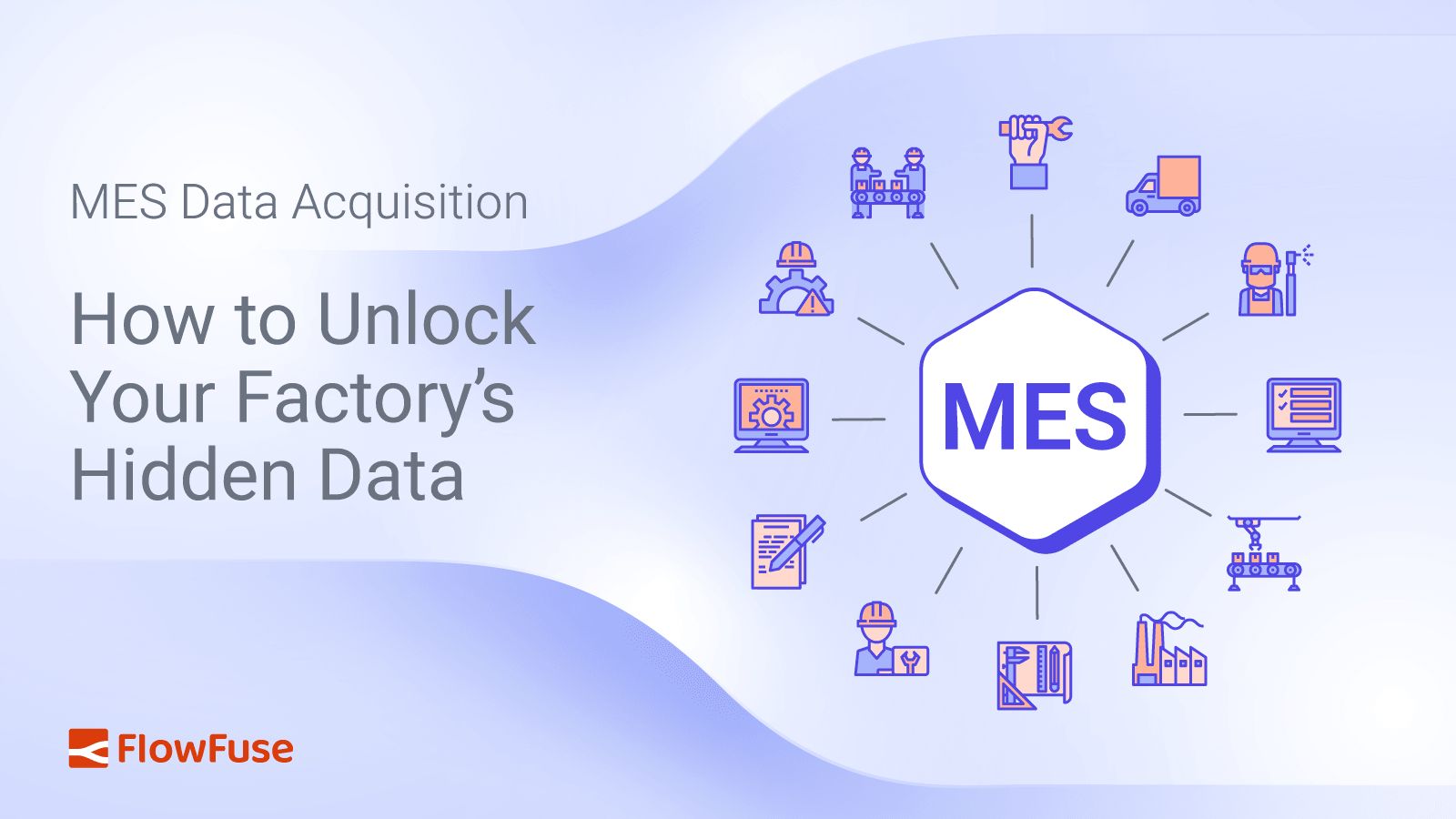
MES Data Acquisition: How to Unlock Your Factory’s Hidden Data
Learn how to effectively acquire and integrate operational data from your factory floor for MES using FlowFuse. -
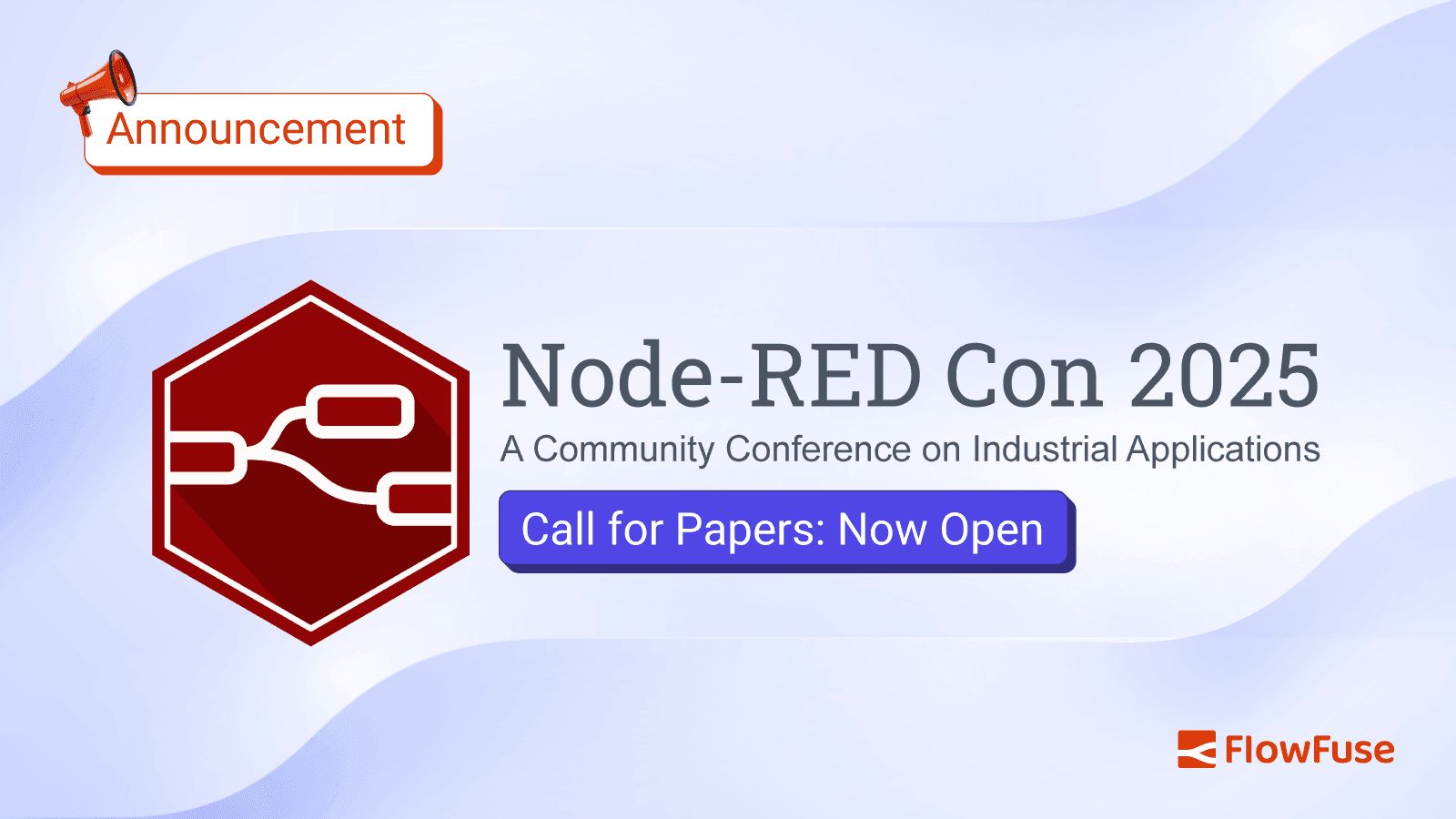
Announcing Node-RED Con 2025: A Community Conference on Industrial Applications
FlowFuse is proud to sponsor Node-RED Con 2025, a free online conference on November 4, 2025, dedicated to industrial applications. Learn more and submit your talk. -

Optimizing operations: Improve Industrial Operations with FlowFuse
With $7.25M in new funding, FlowFuse is enhancing its low-code platform for industry. See how upcoming AI features will help you bridge the OT/IT gap and drive innovation.